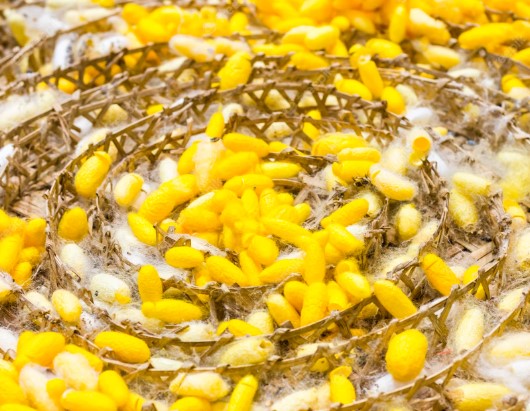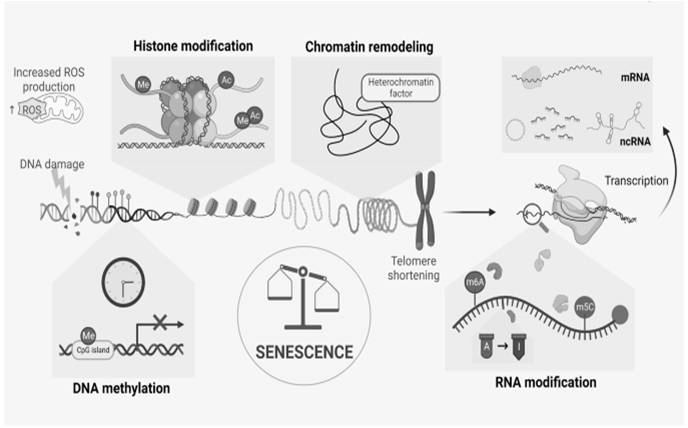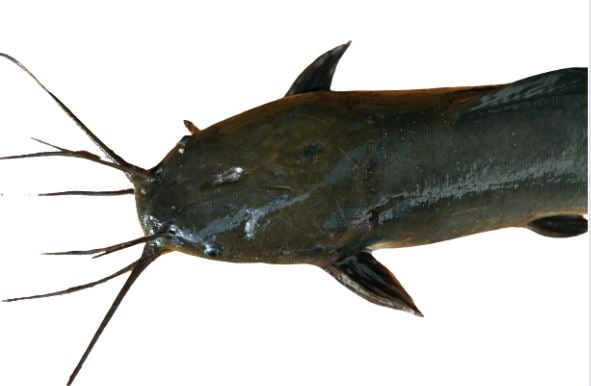International Day for Biological Diversity: This day is all about celebrating the incredible variety of life on Earth and raising awareness about the importance of protecting it. Biodiversity is the backbone of our ecosystems, providing everything from the air we breathe to the food we eat. In this article, we will see here the significance of this day, the threats to biodiversity, and how we can all play a part in preserving the natural world.
Historical Background
The International Day for Biological Diversity was established by the United Nations General Assembly in 1993. Initially celebrated on December 29, the date was later changed to May 22 to commemorate the adoption of the Convention on Biological Diversity (CBD) in 1992. This day marks a global commitment to understanding and preserving the diversity of life on our planet.
International Day for Biological Diversity Themes
Each year, the International Day for Biological Diversity focuses on a specific theme to highlight different aspects of biodiversity. Past themes have included “Our Biodiversity, Our Food, Our Health” and “Biodiversity for Sustainable Development.” These themes help to raise awareness and drive action on critical issues.
2024: Be part of the Plan– This year’s theme is a call to action for all stakeholders to support the implementation of the Kunming-Montreal Global Biodiversity Framework, also known as the Biodiversity Plan. The plan sets out goals and targets to halt and reverse biodiversity loss by 2050.
2020: Our solutions are in nature– The theme in 2020 highlighted the importance of nature-based solutions to address global challenges such as climate change and biodiversity loss.
2021: We’re part of the solution– The 2021 theme emphasized that everyone has a role to play in protecting biodiversity.
2022: Building a shared future for all life– In 2022, the theme highlighted the interconnectedness of all life on Earth and the need for a collective approach to conserve biodiversity.
2023: From Agreement to Action: Build Back Better for Biodiversity– The theme in 2023 focused on moving from international agreements to concrete actions to conserve biodiversity.
Significance – International Day for Biological Diversity
Ecological Importance: Biodiversity plays a crucial role in maintaining the balance of our ecosystems. Each species, no matter how small, contributes to the health and stability of its environment. For instance, bees are vital for pollinating many of the crops we depend on, while various plants help in carbon sequestration, mitigating climate change.
Economic Benefits: Biodiversity isn’t just good for the planet; it’s good for the economy too. Many industries, such as agriculture, pharmaceuticals, and tourism, rely heavily on a diverse array of species. Healthy ecosystems also provide services like water purification, soil fertility, and disease control, which are invaluable to human well-being.
Social and Cultural Significance: Biodiversity is deeply intertwined with our cultures and societies. Many indigenous communities around the world have lifestyles and traditions that are closely connected to the natural world. Protecting biodiversity is also about preserving these rich cultural heritages. ‘International Day for Biological Diversity’
Threats to Biodiversity
Habitat Destruction: One of the leading threats to biodiversity is habitat destruction. Deforestation, urbanization, and agricultural expansion are reducing the natural habitats available for wildlife, leading to a decline in species.
Climate Change: Climate change is another major threat. Altered weather patterns, rising temperatures, and extreme weather events disrupt the delicate balance of ecosystems, affecting species’ survival.
Pollution: Pollution, in its many forms, poses significant risks to biodiversity. Plastic pollution, chemical runoffs, and air pollution can all be deadly to wildlife and plants.
Invasive Species: Invasive species can wreak havoc on local ecosystems by outcompeting native species for resources, spreading diseases, or preying on native wildlife.
Overexploitation: Overfishing, hunting, and logging can lead to the depletion of species. Unsustainable practices not only threaten individual species but can also disrupt entire ecosystems. ‘International Day for Biological Diversity’
Conservation Efforts
Global Initiatives: Various international organizations are working tirelessly to conserve biodiversity. The Convention on Biological Diversity (CBD) sets out goals and guidelines for the conservation and sustainable use of biodiversity.
National Policies: Many countries have implemented laws and policies aimed at protecting biodiversity. These include protected areas, wildlife reserves, and regulations on hunting and fishing.
Community-Driven Projects: Local communities play a crucial role in conservation efforts. Community-driven projects often involve sustainable resource management practices that benefit both people and nature.
Role of the United Nations: The United Nations has been instrumental in promoting biodiversity conservation. The CBD is a key framework guiding global efforts, while the Sustainable Development Goals (SDGs) emphasize the importance of biodiversity in achieving a sustainable future.
How to Participate
Individual Actions: Everyone can contribute to biodiversity conservation. Simple actions like reducing waste, planting native species, and supporting sustainable products can make a big difference.
Community Involvement: Joining local conservation groups, participating in clean-up events, or starting community gardens are great ways to get involved and make a positive impact.
Educational Activities: Educating yourself and others about the importance of biodiversity is crucial. Schools and community centers can host workshops, seminars, and nature walks to spread awareness.
Success Stories: There are many inspiring success stories in biodiversity conservation. For example, the reforestation efforts in Costa Rica have helped to restore large areas of forest, benefiting both wildlife and local communities. Similarly, the protection of marine areas in Australia has led to the recovery of several endangered species.
Challenges in Biodiversity Conservation
Funding Issues: Securing adequate funding for conservation projects remains a significant challenge. Without sufficient resources, many initiatives struggle to achieve their goals.
Policy and Implementation Gaps: Even with strong policies in place, effective implementation can be hindered by various factors, including lack of political will, inadequate enforcement, and corruption. ‘International Day for Biological Diversity’
Awareness and Education Barriers: Raising awareness and educating people about the importance of biodiversity can be challenging. Misconceptions and a lack of knowledge often hinder conservation efforts.
Future Directions
Innovations in Conservation: Technological advancements offer new tools for conservation. Drones, satellite imagery, and genetic research are helping scientists to monitor and protect biodiversity more effectively.
Policy Recommendations: Strengthening policies to support biodiversity conservation is crucial. This includes creating more protected areas, enforcing anti-poaching laws, and promoting sustainable agricultural practices.
Role of Technology: Technology can play a significant role in conservation efforts. From tracking animal movements to restoring damaged ecosystems, innovative solutions are essential for the future of biodiversity. ‘International Day for Biological Diversity’
Biodiversity in Daily Life
Personal Choices that Impact Biodiversity: Our daily choices can have a big impact on biodiversity. Opting for sustainable products, reducing meat consumption, and minimizing plastic use are all ways to help. ‘International Day for Biological Diversity’
Sustainable Living Tips: Living sustainably doesn’t have to be difficult. Simple changes like using energy-efficient appliances, supporting local farmers, and reducing water usage can contribute to biodiversity conservation. ‘International Day for Biological Diversity’
Importance of Educating the Younger Generation: Educating children about biodiversity is vital for the future. Instilling a love for nature and understanding of its importance can inspire the next generation to become environmental stewards.
Activities for Kids: There are many fun and educational activities for kids to learn about biodiversity, such as nature hikes, gardening, and wildlife watching.
How Businesses Can Contribute: Businesses have a significant role to play in biodiversity conservation. Implementing sustainable practices, reducing carbon footprints, and supporting conservation projects are ways companies can contribute.
Examples of Corporate Initiatives: Many corporations are already taking steps to protect biodiversity. For instance, some companies are committing to zero deforestation supply chains, while others are investing in renewable energy and conservation programs.
Conclusion
The International Day for Biological Diversity is a reminder of the importance of preserving the rich variety of life on Earth. From individual actions to global initiatives, everyone has a role to play in protecting biodiversity. By understanding the threats and working together on conservation efforts, we can ensure a healthy, vibrant planet for future generations.
FAQs
What is the International Day for Biological Diversity?
The International Day for Biological Diversity is a United Nations observance held on May 22 each year to raise awareness about the importance of biodiversity and promote its conservation. ‘International Day for Biological Diversity’
Why is biodiversity important?
Biodiversity is crucial for ecosystem stability, providing essential services like pollination, water purification, and disease control. It also has economic, social, and cultural significance.
How can I get involved in biodiversity conservation?
You can get involved by reducing waste, supporting sustainable products, participating in local conservation projects, and educating yourself and others about the importance of biodiversity.
What are some common threats to biodiversity?
Common threats include habitat destruction, climate change, pollution, invasive species, and overexploitation of resources.
What role do governments play in biodiversity conservation? Governments play a critical role through the creation and enforcement of policies, funding conservation projects, and participating in international agreements like the Convention on Biological Diversity.








